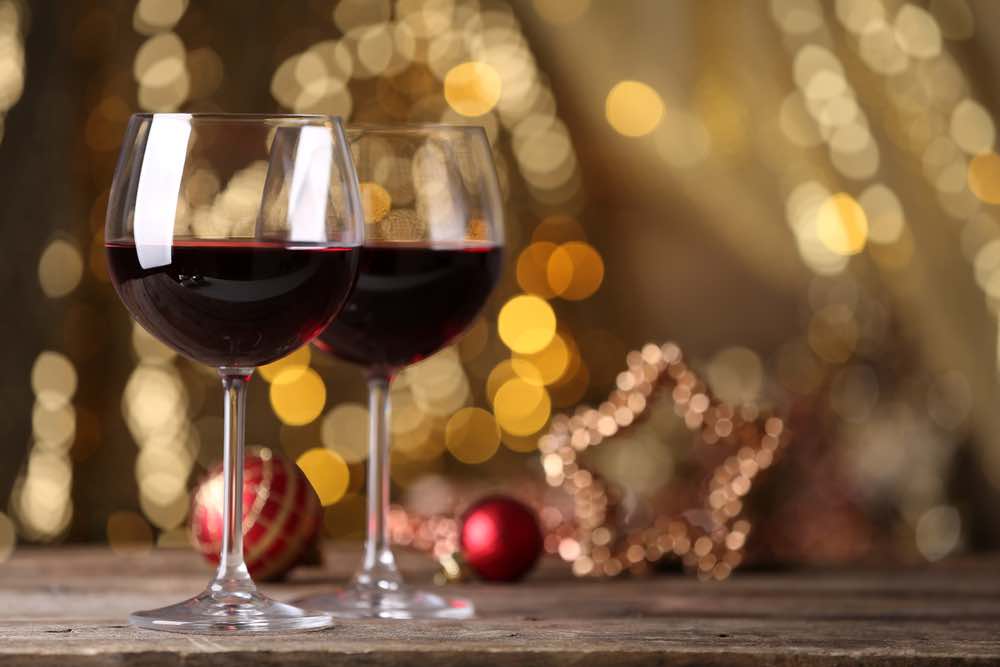
When I was training to be a radio journalist in the 1990s there was a machine in one of the radio studios called the ‘bulk eraser’. As the name suggests it did just that, erased every noise, sound and crackle from whatever medium you put inside it; reel to reel tape, cassettes, Minidiscs, cart, dart… into the drawer they went, closing with a loud buzz and an unholy vibration and – et voilà! – all traces were gone for good.
I wonder sometimes if such a machine could be invented for the wine journalist or the consumer, perhaps, to take away any nagging pre-conception of a wine born out of previous experience (good or bad) or something they’ve read or been told.
We should not underplay the role that memory has when tasting wines or when we make snap, micro-second judgments in our head upon seeing a label, bottle shape or hearing a producer name or appellation.
I cannot glimpse a bottle of Chateau Musar, for example, without thinking of my dad and recalling his love of the wine which borders on cult-like obsession. You think some of these Brexit maniacs have it bad, that’s nothing compared to my old man and the late Serge Hochar’s finest.
My first encounter with Musar took place at Christmas time so this is a time of year when it’s firmly at the front of my thoughts. For me it’s a festive wine, as inexorably linked with Christmas as the towering tree, the glistening bowl of Quality Street on the sideboard and the overcooked food.
This makes Christmas lunch with my family rather predictable, but the point here is that Musar was one of the first wines I tried as a teenager and because in my mind it’s tied up with happy, festive memories and held in such high esteem by my dad it sits on a pedestal before the glass has reached my lips.
This is an extreme example of how judgement can be clouded by memory, and I’d like to think that I can taste Musar objectively, but there’s a nagging worry that whatever the quality, whatever faults may be present (and that’s a whole other post) I will still nod approvingly.
It’s the same with flute-shaped bottles. Ever since my first experience of racy, expressive Alsatian white wines I‘ve been chasing that primary memory of these wines and often just the glimpse of a tall slender bottle in a wine merchant or at a tasting transports me back to a wet dark Colmar in November 2007 and my first true experience of these majestic wines. My name is Chris and I am addicted to Teutonic-styled wine packaging.
Sometimes it feels like I’m chasing that first high like Mark Renton in Trainspotting and more often than not the wine doesn’t deliver and the memory wins out, but sometimes, sometimes following the conviction of that mind-trigger pays off. For better or worse it’s a game I’ll keep on playing.
At a recent Christmas lunch with a gang of wine journalists we kicked off with a blind tasting of half a dozen sparkling wines. It was tough and after about five minutes one colleague buckled. “This is why blind tasting is so stupid,” they snapped and they were right. But the interesting thing about this game is that the wines we enjoyed most were not the obvious ones which we had probably all tasted before had memories and opinions of. The Grande Marque Champagne didn’t top anyone’s list, everyone thought the Franciacorta was Champagne and a pink Crémant de Limoux was the stand-out.
It just goes to show that even among a group of professional tasters we rely on triggers and clues to inform our judgements, be they from memory or experience, and get frustrated when things don’t quite add up.
What I’ve learnt about wine and memory over the years is that it’s just as hard to forget the terrible wines as it is to remember the brilliant ones so this Christmas drink carefully, try to bulk erase the inevitable bad wines you’ll encounter along the way, and cherish the good stuff.